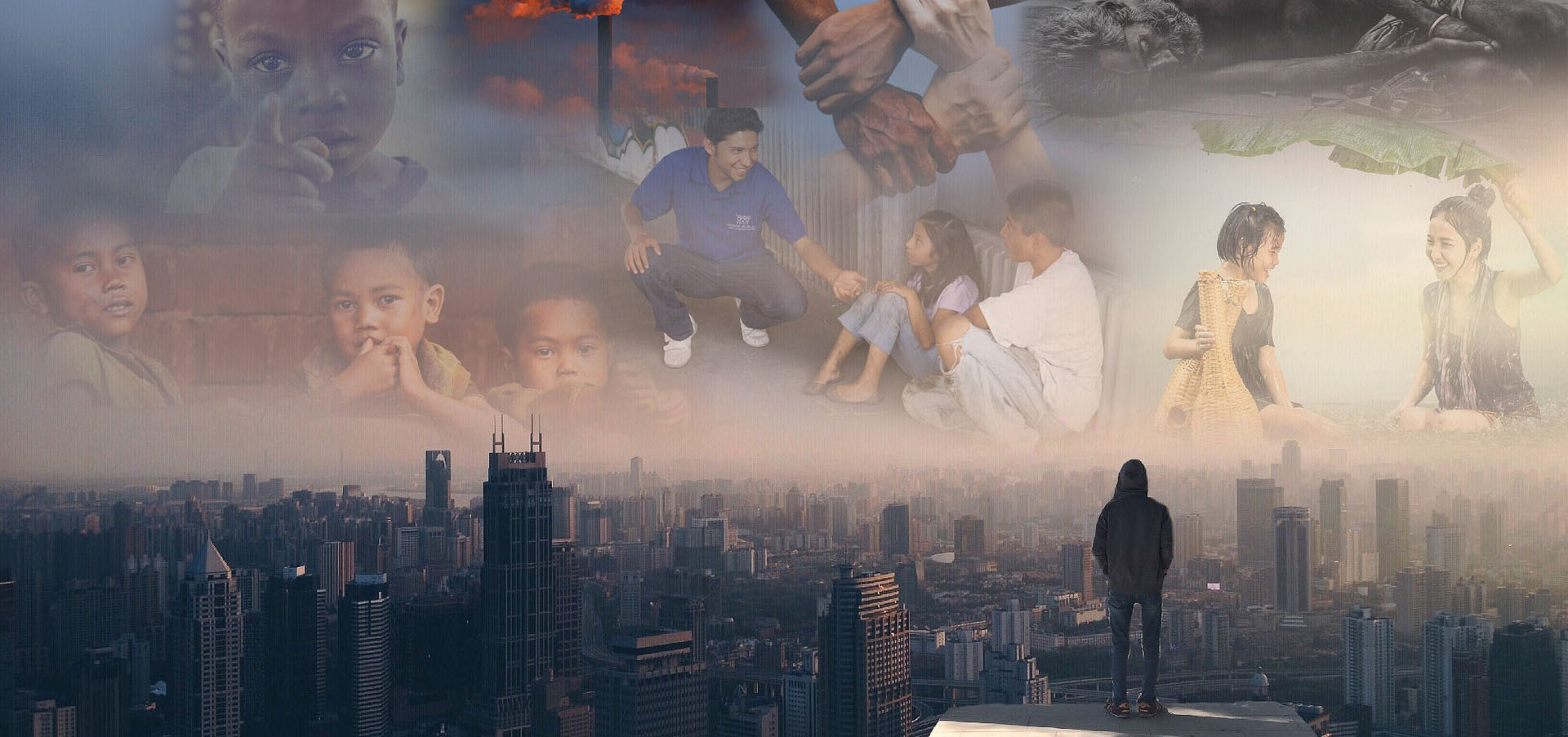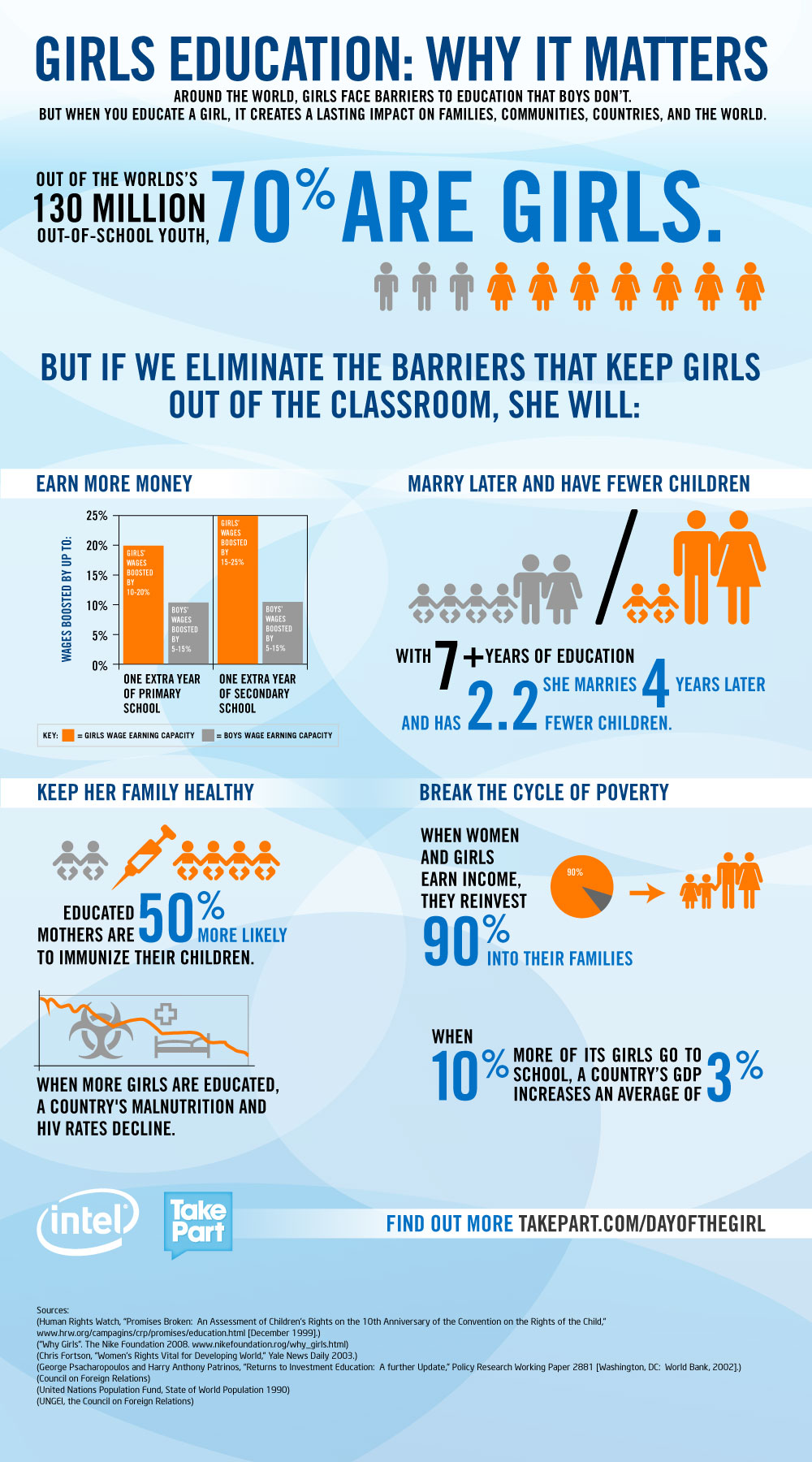Context
In the 1980s, 40% of the world’s population lived in cities. Rapid urban migration has seen that number rise to 50%, as of 2010; by 2050, as many of 70% of the world will live in cities. Despite its many advantages, urbanization is posing a new range of social and economic problems, which cities are simply unable to deal with.
Urban poverty is proving to be very different from rural poverty, which is been the historical focus of international development: the urban poor are much more isolated than their rural counterparts; they are subject to much more abuse from the state, are often homeless (or live as “squatters” in slums), and have little in the way of support structures. And unlike the rural poor (many of whom have some access to land and agriculture), the urban poor have neither assets, nor an obvious employment base.
LIGHT’s projects on urban poverty will focus in improving the living conditions of slum dwellers, and on structural improvments to cities in developing countries.
Current portfolio
- Low-cost, modular housing materials for the urban poor
- Integrated water purification systems, combining technolgies they have already deployed (over the past decade) with enhancements and new technologies



